Past Projects
Dr. Saunders has been regularly requested to provide expert environmental advice and on-site scientific survey support, including the development and supervision of monitoring programmes for multiple giga-projects currently ongoing as part of Saudi Arabia’s aim to develop a non-fossil fuel based economy and attract international investment while maintaining a strict policy of zero environmental impact. Tasks have included:
- contributing to the development of new regulatory infrastructure;
- the collection and dissemination of ecological data for use in long-term monitoring programmes and environmental impact assessments;
- direct scientific advice to construction and design teams;
- undertaking on-site research and survey projects, including using acoustic mapping, remotely operated vehicle, drop-down video and diving methodologies;
- responsibilities for policing, reporting and management of impacts on local marine and terrestrial biodiversity;
- inspection of construction sites and sea-going vessels for compliance with national and international environmental protection and pollution rulles, regulations and treaties.
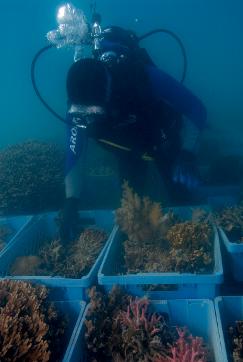
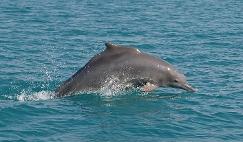
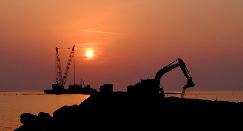
Capacity building for the implimentation of the Marine Strategy Framework Directive in Turkey (2016 to 2018)
Client: Turkish Government (under contract to NIRAS International Consulting)
Development and production of key reporting elements for enabling the initiation of the EU Marine Strategy Framework Directive in the Turkish Mediterranean and Black Sea regions. Dr. Saunders was appointed Biodiversity Team Leader responsible for the management and completion of the biodiversity, non-indigenous species and food web elements of the Initial Assessment reporting, requiring the coordination and editing of contributions from over twenty eminent Turkish academic experts. He also was aasigned the responsibility for the compilation of the Programme of Measures and was the primary author of the associated report and a key contributor to the Targets and Definition of Good Environmental Status reports. Other key contributions included presenter and moderator at five workshops for Turkish academics, technical managers and government policy-makers and as Moderator or Chair of multiple expert panels convened during the workshops. He was also a reviewer/editor of project reports and other outputs.
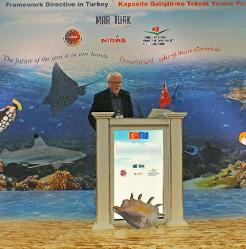
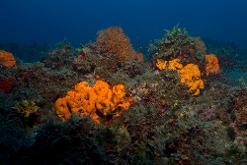
Client: European Commission in collaboration with the IUCN, Alterra Wageningen University and NatureBureau
A European-wide and EU-funded project to identify and provide scientific justification for a proposed set of marine habitats of international importance for inclusion in the International Union for the Conservation of Nature (UICN) Red List. This was a substantial task requiring the coordination of a large group of experts and policy-makers from all Member States, together with the development of new selection protocols for the Red List accession process. Graham was appointed Chair/Group Leader of the North-East Atlantic Expert Group. Key tasks included:
- coordination and management of data and information gathering relating to 92 candidate marine habitats, including assessment of correspondence with Regional Sea Conventions (in collaboration with OSPAR experts) and evaluation of pressures and threats;
- Sourcing and consultation with acknowledged marine habitat specialists and experts, and management of associated budgets and payments;
- Organiser and Chair of the North-East Atlantic Group Workshop held in the UK in 2015;
- Undertaking specific Red List habitat assessments as an acknowledged expert for selected habitats;
- Coordination of information capture and transfer to the IUCN internet data platform;
- Critical review, editing, QA/validating and finalisation of all North-East Atlantic Red List Assessments in collaboration with international scientific experts;
- Nominated Technical Reviewer of the Baltic Sea (HELCOM) habitat assessment submissions;
- Presentation of the North-East Atlantic Red List assessment results in a Synthesis Workshop held in Malaga in 2016;
- Authorship of final report.
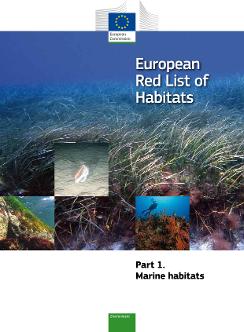
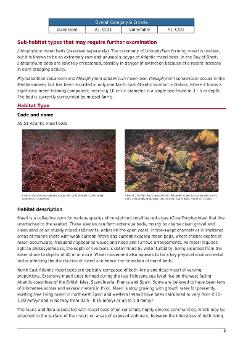
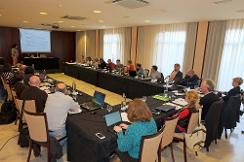
Delivery of the Marine Strategy Framework Directive for the Irish Republic (2012 to 2016)
Client: Irish Government through the Marine Institute (In partnership with RPS Group Ltd)
In December 2011, after a successful tender bid submitted jointly by RPS Group, Compass Informatics and Dr. Saunders, Graham was appointed Programme Manager of a three-year programme to deliver all of the key tasks of the European Marine Strategy Framework Directive (MSFD) for the Irish Government, commencing in March 2012. With a supporting team of marine environmental consultants marine industry specialists and academic experts, together with considerable collaborative input from Government scientists and policy-makers Graham has successfully overseen the completion of all of the MSFD milestones. These have included:
- an initial assessment of the status of Ireland's marine waters;
- an assessment of the pressures and impacts of human marine activities;
- the development of targets and associated indicators in support of the achievement of Good Environmental Status;
- the development of a publicly accessible web-based marine data atlas;
- the construction of a marine data management system and MSFD reporting interface that communicates directly with the European Commission's reporting system (EIONET);
- Submission of a European Commission report outlining all of Ireland's marine monitoring programmes
Ireland's MSFD Initial Assessment report can be downloaded here and a summary document here.
In 2014 Dr. Saunders and his team managed an extensive public consultation process, while undertaking a comprehensive assessment of Ireland's marine monitoring capabilities and developing recommendations for an integrated monitoring strategy. The resulting report was compiled and formally reported to the Commission under Article 11 of the Directive in March 2015. Further work on the development of practical targets and indicators was also undertaken in close collaboration with Government experts and international task groups and initiatives, such as OSPAR and ICES.
As a result of the success of Graham's team in delivering the Directive, coupled with the sheer complexity of some of the tasks, a further two-year extension of the project was agreed in 2014, with the next phase including the development and reporting of a set of programmes of measures to achieve Good Environmental Status, together with an associated extensive public consultation process.
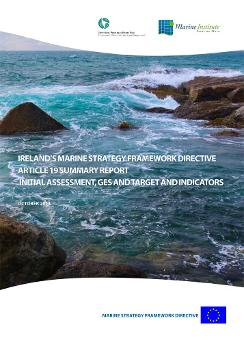
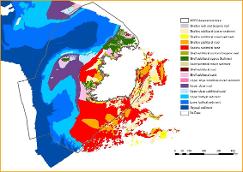
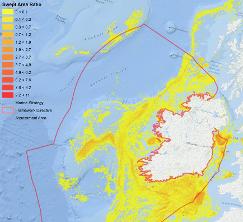
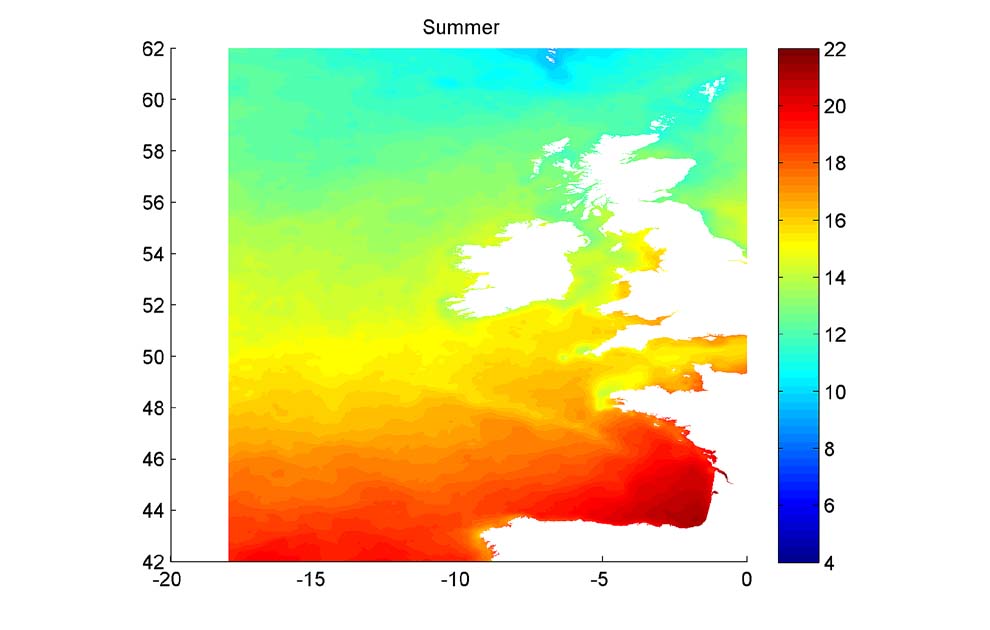
Environmental impact assessment of a landing craft jetty and bund construction, Loch Goil, Scotland (2015)
Client: UPM Tilhill
The installation of a jetty and bund facility was proposed for a shore location in Loch Goil with the aim of providing landing craft access to productive woodland where road transport is limited and impractical. The facility would consist of a permanent stone and rock structure forming a short causeway and a hard stand to stack timber, together with an approach for the vessel to load at low tide. The proposed location lies within the Upper Loch Fyne and Loch Goil Nature Conservation Marine Protected Area, which has been selected for a number of vulnerable marine habitats. Scottish Natural Heritage therefore required a survey to establish the presence of any protected habitats and to determine any possible impacts. Dr. Saunders was contacted to assemble a diving and intertidal survey team to undertake the work. The results of the survey confirmed that no vulnerable habitats were within the influence of the development and the facility was approved.
The report can be downloaded here.
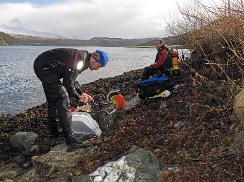
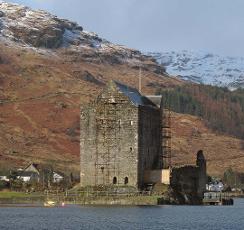
Site condition monitoring of the Sound of Arisaig Special Area of Conservation, Scotland (2014)
Client: Scottish Natural Heritage (under contract to Heriot-Watt University)
A return to a designated site for which Graham had previously managed the initial monitoring survey in 2003 (report available here).
Site condition monitoring of a site which possesses an unusually high diversity of representative sublittoral sediment habitats within a relatively small area, together with extensive maerl beds. Dr. Saunders was a member of the diving field survey team, undertaking in situ species abundance observations, video documentation and extensive underwater photography for both scientific and public awareness purposes. While the team was able to detect distributional changes in some sedimentary habitats, this was thought to be due to natural processes and the overall conclusion was that the site remained in favourable condition.
The survey report is available here.
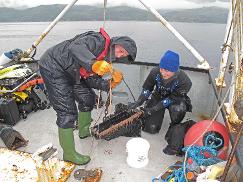
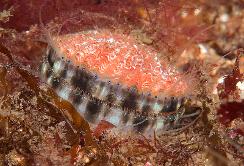
Surveying Priority Marine Features in Loch Sween, Scotland (2013)
Client: Scottish Natural Heritage (under contract to Heriot-Watt University)
A continuation of Scotland's MPA programme which began in 2010. In this survey (see below for previous surveys) Loch Sween, a large and complex fjordic sea loch with deep basins and shallow tidal narrows was surveyed using diver transect and drop-down video techniques. The primary features of interest for this location were burrowed mud, native oyster and maerl beds. Very good examples of burrowed mud characterised by "mud volcanos" (probably) created by the echiuran worm Maxmuelleria lankesteri were documented in the loch basins, while extensive maerl beds were surveyed in the narrow tidal channels of Taynish Rapids and Caol Scotnish. As in all previous surveys, Dr. Saunders obtained high quality underwater images that were used in the MPA justification and public consultation documents and subsequently in press releases.
The survey report is available here. The Loch Sween Proposed MPA site summary can be downloaded here.
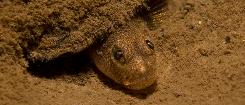
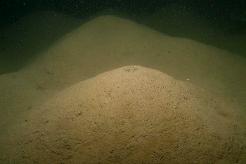
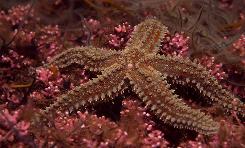
Surveying Priority Marine Features in Loch Creran and Loch Alsh, Scotland (2012)
Client: Scottish Natural Heritage (under contract to Heriot-Watt University)
A continuation of Scotland's MPA programme, concentrating on two west coast sea loch systems. Both spatial extent and detailed community composition surveys were undertaken by diver and drop-down video for burrowed mud, horse mussel (Modiolus modiolus) and flame shell (Limaria hians) beds. A decline in horse mussel density was recorded in Loch Alsh, possibly linked to an increase in flame shell population. Healthy flame shell beds were found to be present in both Loch Creran and Loch Alsh. The extensive bed in Loch Alsh was found to cover 75 ha, making it the largest known bed in Scottish waters and a feature of considerable international importance! Dr. Saunders was again tasked with providing high quality documentary images which resulted in a huge amount of press coverage world-wide, with the Scottish Government Environment Secretary commenting on the importance of the discovery.
Download survey report here. The Loch Creran MPA site summary document can be downloaded here and the Loch Alsh site summary is here.
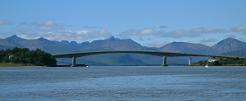
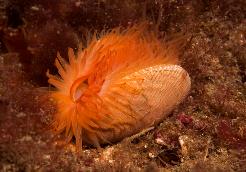
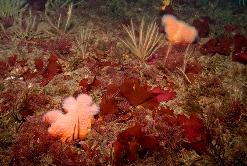
Surveying Priority Marine Features in Lochs Linnhe and Eil, Scotland (2011)
Client: Scottish Natural Heritage (under contract to Heriot-Watt University)
As part of SNH's continuing programme of identifying candidate MPA locations Dr. Saunders was contracted as a member of a team of diving marine biologists from Heriot-Watt University to survey Lochs Linnhe and Eil, two extensive connected sea loch systems on the west of Scotland. The primary aim was to establish the presence, density, extent and health status of horse mussel (Modiolus modiolus) beds, flame shell (Limaria hians) beds and northern fan coral (Swiftia pallida) reef, together with an examination of their associated biota. The survey was undertaken using drop-down video, spot/drift dives and detailed diver transects. As in previous surveys in this programme, Graham retained a particular responsibility for obtaining documentary and high quality photographic images for extending or confirming species lists and for publicity purposes.
Download report here.
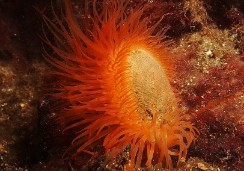
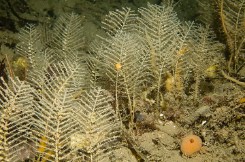
Setting Conservation Objectives in the Irish Republic (2010 - 2011)
Client: Irish Republic Department of Heritage and Local Government (under contract as Associate Consultant to RPS Ltd.)
Following an unfavourable European Court Judgement in which the Irish Republic was judged to have inadequately applied the Habitats Directive, the Irish Government identified a need to establish Conservation Objectives for each designated site based on the best available scientific data. Dr. Saunders was contracted for a six month period to apply his extensive previous experience in this field, effectively translating previous survey data into a statutory tool for managing designated sites. The work was undertaken while working in close collaboration with the Irish National Parks and Wildlife service based in Galway. The task required:
- detailed analyses of all littoral and sublittoral survey data collected for each site using multivariate statistical techniques (primarily using the PRIMER statistical package);
- establishment of a consistent reporting format;
- development of spatially distinct ‘conservation units’ using GIS (ArcGIS) suitable for conservation management, statutory consents advice and marine spatial planning of Ireland’s commercial and recreational activity;
- drafting of the site/feature Conservation Objectives;
- provision of advice on future survey and monitoring programmes
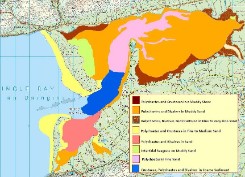
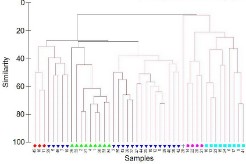

Guidance on survey and monitoring in relation to marine (wave and tide) renewables deployment in Scotland (2010 - 2011)
Client: Scottish Natural Heritage and Marine Scotland
Production of the benthic ecology section of a comprehensive guidance document intended for use both by the Statutory Regulator and the marine renewable energy industry. This included:
- an examination of the possible effects of wave and tidal energy devices in the Scottish sector using available literature and modelling data (in the absence of real-world examples);
- an assessment of the direct effects on Scottish priority habitats and species, outlining where vulnerability issues may occur and suggestions for mitigation measures;
- a detailed critical discussion of appropriate survey and monitoring methods and their applicability to specific conditions and to particular device types. Techniques examined included grab sampling, diver surveys, drop-down video/photography, ROV surveys and littoral sampling;
- guidance on the correct sampling strategy, sample size and the use of statistical analytical techniques;
- production of detailed protocols for individual survey and monitoring techniques;
- attendance of steering committee meetings to present and discuss concepts, conclusions and guidance structure.
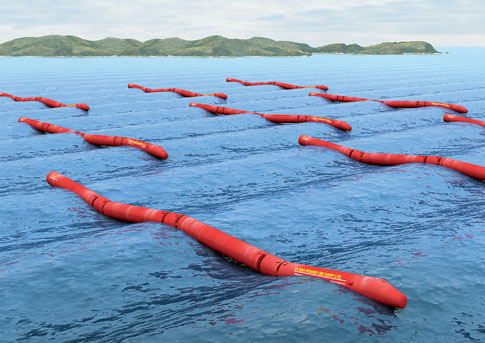
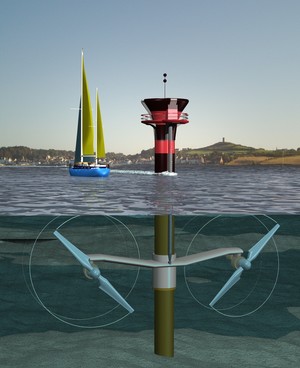
Surveying Priority Marine Features in north-west Scotland (2010)
Client: Scottish Natural Heritage (under contract to Heriot-Watt University)
As part of a SNH programme to identify new candidate locations for marine protected areas, Heriot-Watt University was commissioned to survey an extensive area incorporating three large sea loch systems in the area around Ullapool, north-east Scotland and its seaward approaches. The survey was primarily focused on establishing the presence and extent of the priority seagrass, maerl, Limaria, native oyster and mussel bed habitats. Surveys were undertaken using intertidal, diving and grab sampling methods, including transects with MNCR Phase 2 surveys, but with a particular emphasis on obtaining high quality underwater images for documentation, education and publicity purposes.
Download report here.
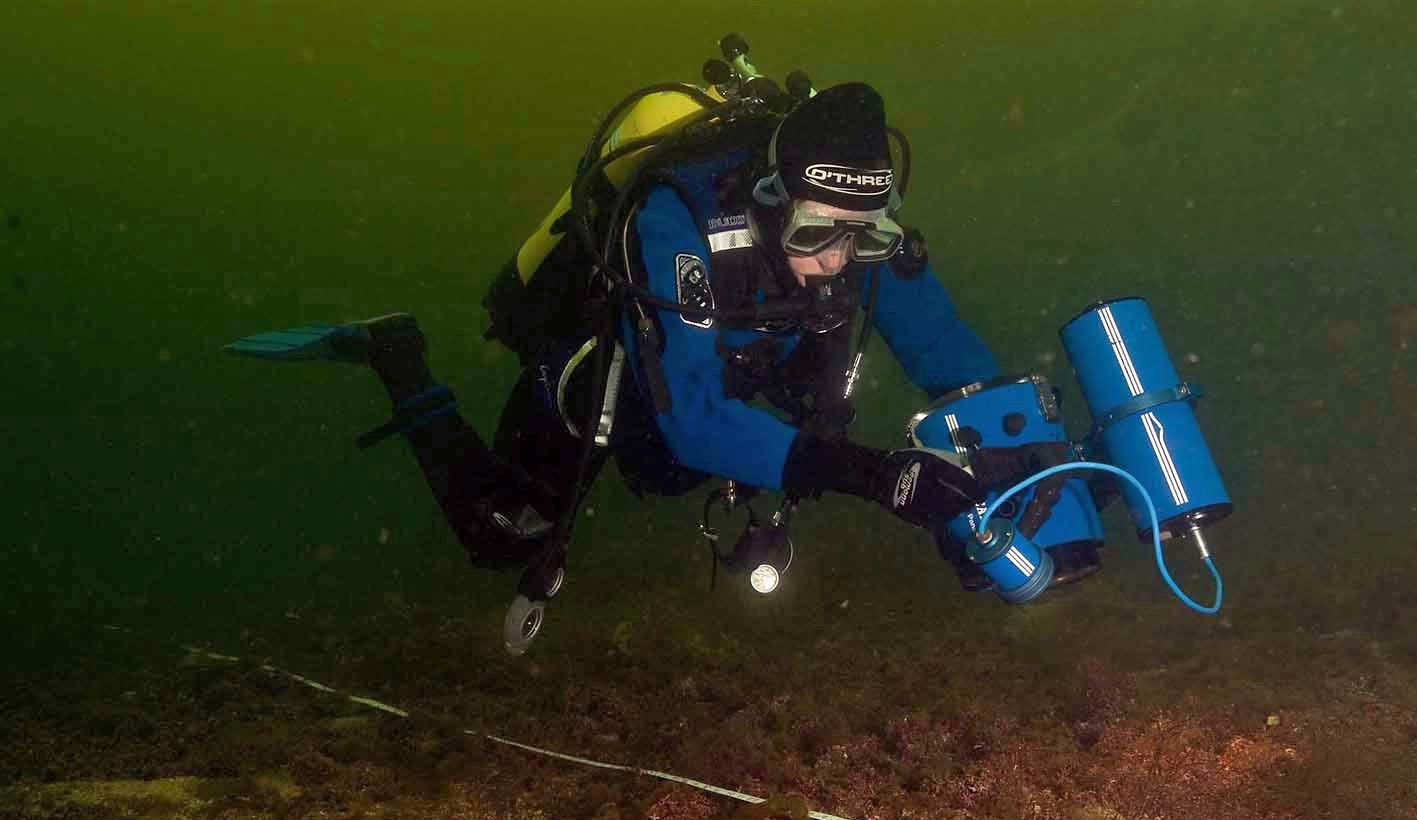
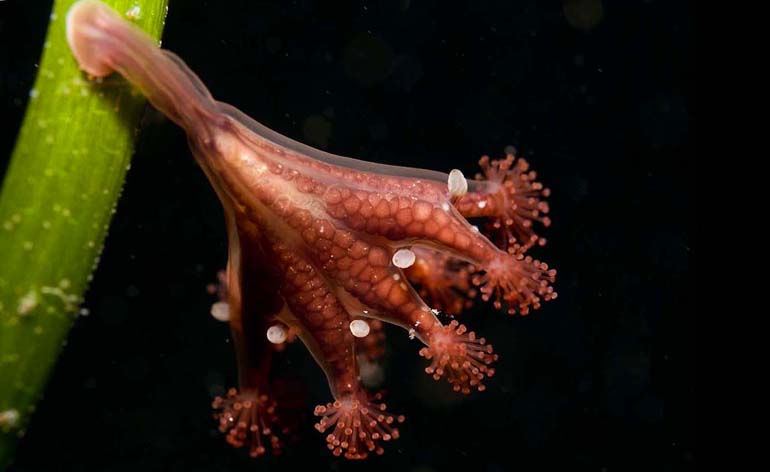
Monitoring plan for Lundy (2009 - 2010)
Client: Natural England (undertaken in partnership with Haskoning UK)
The development of a comprehensive and practical long-term monitoring programme to simultaneously fulfil the requirements of the Lundy SAC, SSSI, NTZ and Marine Conservation Zone. A literature and data review of all past survey and monitoring studies was undertaken and the results carefully examined to determine whether they could be incorporated into a monitoring strategy that primarily addressed the condition of the Natura 2000 features as set out in the site conservation objectives (a modification of the conservation objectives was also recommended). The work included:
- a suggestion of appropriate survey techniques for each of the notified features and attributes, while ensuring consistency with previous surveys and maintaining an ability to compare accurately with other existing studies from Lundy and other sites;
- a recommended long-term monitoring schedule or timeline, including seasonal considerations, for each feature and associated attribute;
- identification of a possible baseline for each feature attribute;
- recommendations for the level of detail required to accurately establish the condition of the designated features and their attributes, above that of natural variation;
- the use of power analyses, where appropriate, to identify adequate sample size and the application of other statistical methods in the evaluation of survey methodology;
- an evaluation (based on component species, habitats and biotopes) of the vulnerability of each feature and an examination of exposure to risk to enable the setting of priorities and adequate monitoring intervals;
- suggestions for efficiency savings through more effective survey planning and resource sharing;
- production of a detailed report to be used as the basis for a subsequent monitoring strategy.
Download report (draft) here.
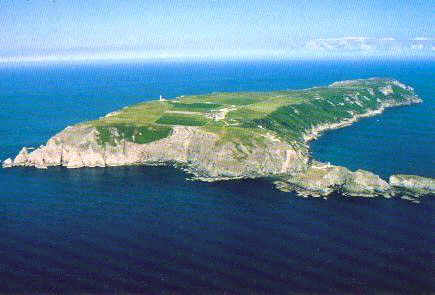
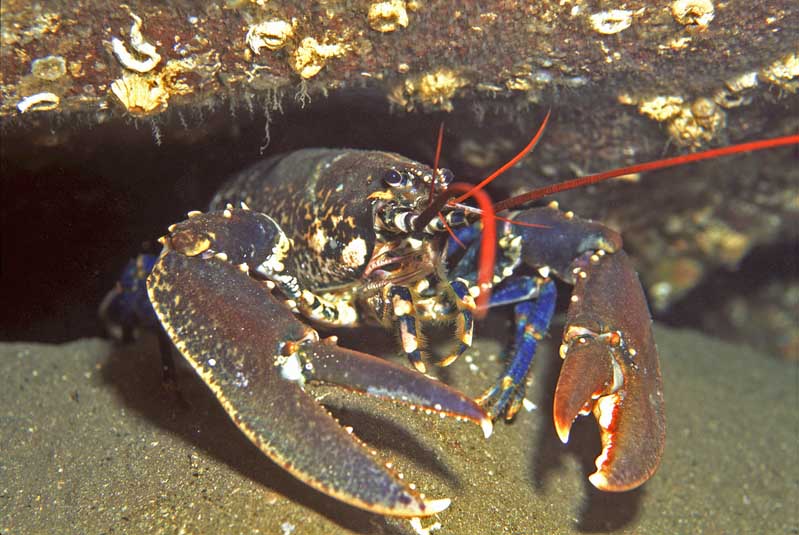
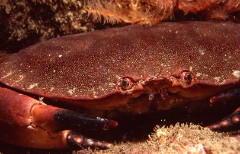
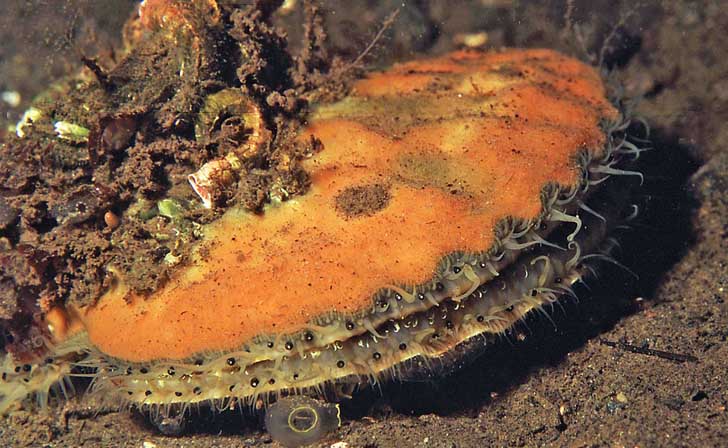
Expert Witness in the Dublin port extension Public Inquiry (2008 - 2009)
Client: Dublin Port Company (under contract as Associate Consultant to Royal Haskoning)
In September and December of 2009 the Government of the Irish Republic convened a Public Inquiry to examine an application by the Dublin Port Company (DPC) to increase the Dublin Harbour capacity for handling container freight. The area surrounding Dublin Harbour and its approaches does, however, have a number of statutory conservation interests, mainly in respect of its importance as a bird feeding area. Dr. Saunders was engaged as a witness on behalf of the DPC to provide an expert account of the likely impacts to the benthic ecology (and by implication the effect on the bird feeding resource) of the proposed development. Apart from the actual attendance and fielding of opponent cross-questioning at the Inquiry itself, Dr. Saunders was required to submit prior written evidence in consultation with contracted consultant hydrologists, engineers and benthic survey teams. The development of the Dublin Port Company case required a detailed statistical examination of benthic grab data obtained on behalf of the applicant, together with an examination of all relevant historical information. The preparation process also required frequent and exhaustive meetings with the DPC legal team to review all of the evidence prior to the start of the Public Inquiry.
During the Inquiry there was an essential requirement to be permanently available to quickly respond to issues raised by opposition respondents and witnesses and to support the legal representatives in matters where important technical and scientific principles were raised. During the Inquiry Dr. Saunders was able to provide a comprehensive account of all of the issues surrounding the proposed development. These included the presence and absence of rare or vulnerable species, the effects of historical chemical contamination on the biology of the site, the implications of sediment disturbance due to the development and the prospects for a subsequent benthic community recovery.
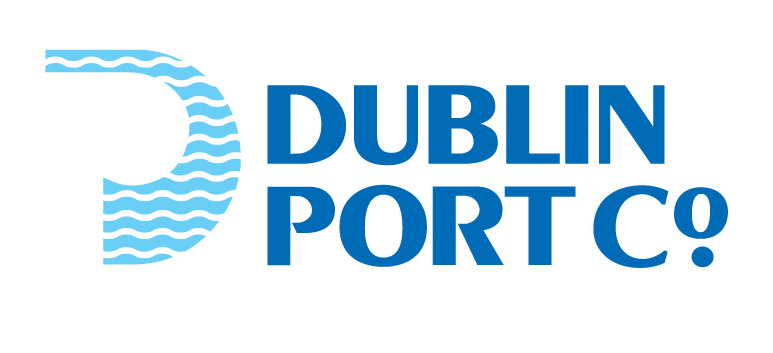
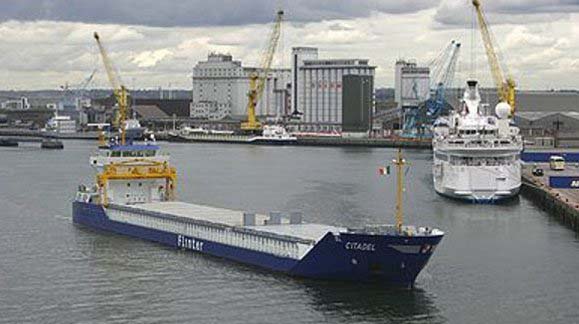
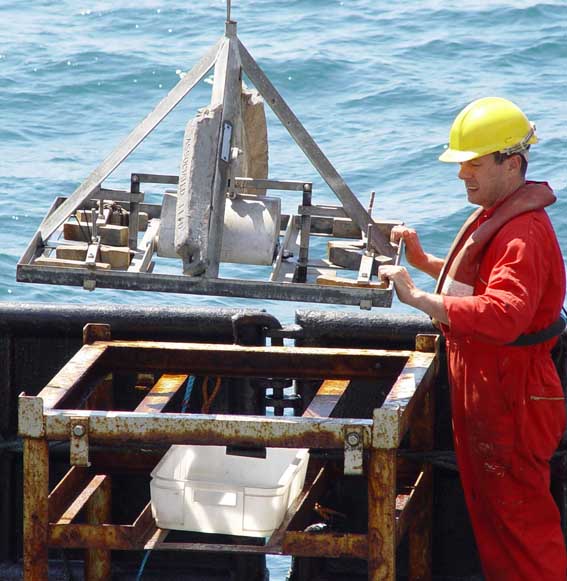
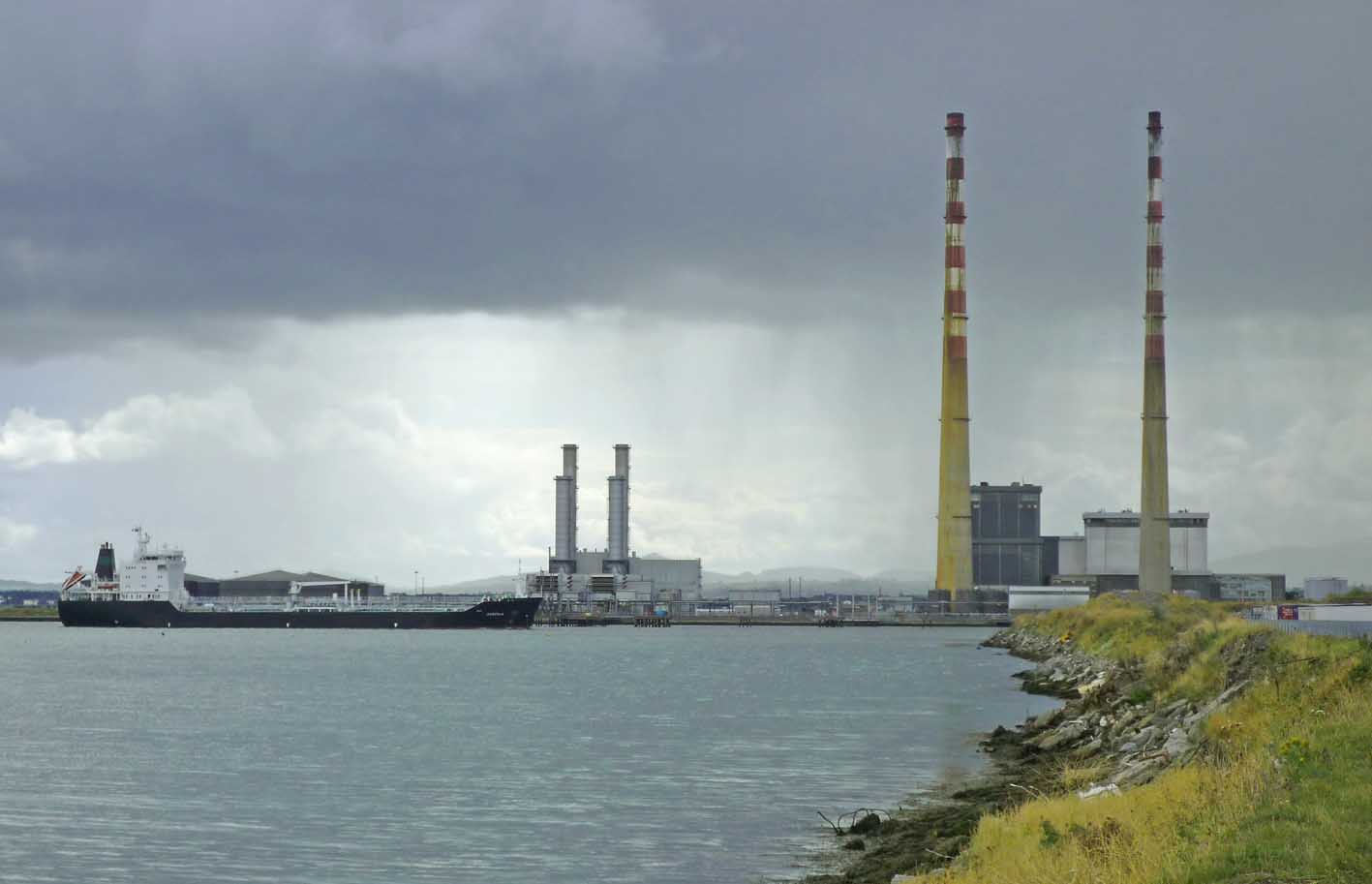
Site condition monitoring of Loch Laxford (2009)
Client: Scottish Natural Heritage (under contract to Heriot-Watt University)
A site condition monitoring survey of the Loch Laxford Special Area Of Conservation managed by Heriot-Watt University on behalf of Scottish Natural Heritage. Loch Laxford is a complex sea loch on the north-western extemity of the Scottish mainland and is considered to be one of the UK's finest examples of a large shallow inlet and bay, while also supporting rich reef habitats. This survey constituted the baseline condition assessment for condition reporting under the requirements of the EU Habitats Directive. The notable biological features were surveyed using a combination of intertidal and subtidal transects, grab or video sampling and diver cores and visual observation. Dr. Saunders carried a particular responsibility for obtaining photographic documentation of the habitats that were encountered and associated important species.
Download report here.
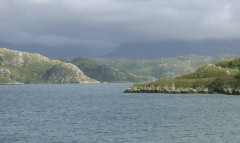
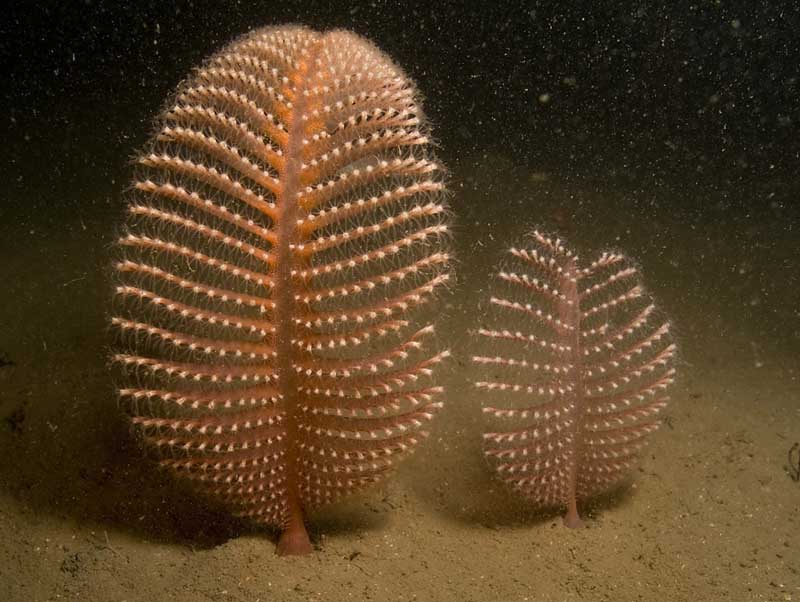
Scottish Marine Ecosystem Objectives Scoping Study (2009)
Client: Scottish Natural Heritage/Scottish Government
Dr. Graham Saunders and Michael Scott O.B.E., were jointly commissioned by a Scottish Government Steering Group to begin the process of developing the principles and general approach which would lead to the establishment of Marine Ecosystem Objectives (MEOs) for Scotland’s seas. The primary approach was to examine all of Scotland’s marine environmental obligations, current and future, national and international, in an effort to determine where the specific language of existing objectives, goals or aims corresponded and therefore where work towards achieving one objective could satisfy the requirements of others. In addition, distinctive or uniquely Scottish elements were identified and considered in order to establish whether further actions, beyond existing marine management strategies, were necessary to protect and enhance Scotland’s marine resources. A three-tier hierarchical system comprising high level goals and operational targets was proposed with twenty-five strategic outcomes forming the basis of the objectives framework. The final report outlining the proposed objective framework was published by the Scottish Government in 2010. The proposals in that report have subsequently formed the foundation of a strategy that aspires to a healthy and sustainably managed Scottish marine environment, balancing human needs with the maintenance of biologically diverse and productive marine ecosystems.
Download report here.
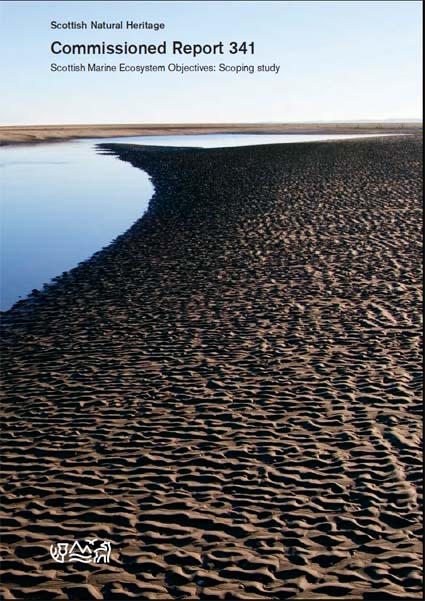
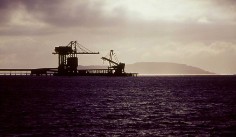
On-camera marine biologist for BBC Documentary "St Kilda: Britain's Lost World" (2007)
Client: IWC Media
Dr. Graham Saunders was contacted to provide on-camera commentary as a marine biology expert and diving photographer for the three-part BBC documentary "St. Kilda: Britain's Lost World", first broadcast on BBC1 in August of 2008. Graham was filmed diving and obtaining underwater photographs before discussing the present state of the seas around Scotland and the possible effects of climate change with the well-known presenter Kate Humble. Graham was also a scientific diving advisor to the production team as well as the ROV pilot for a later underwater archaeology segment of the film.
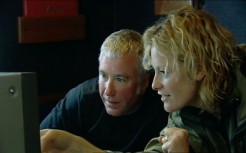
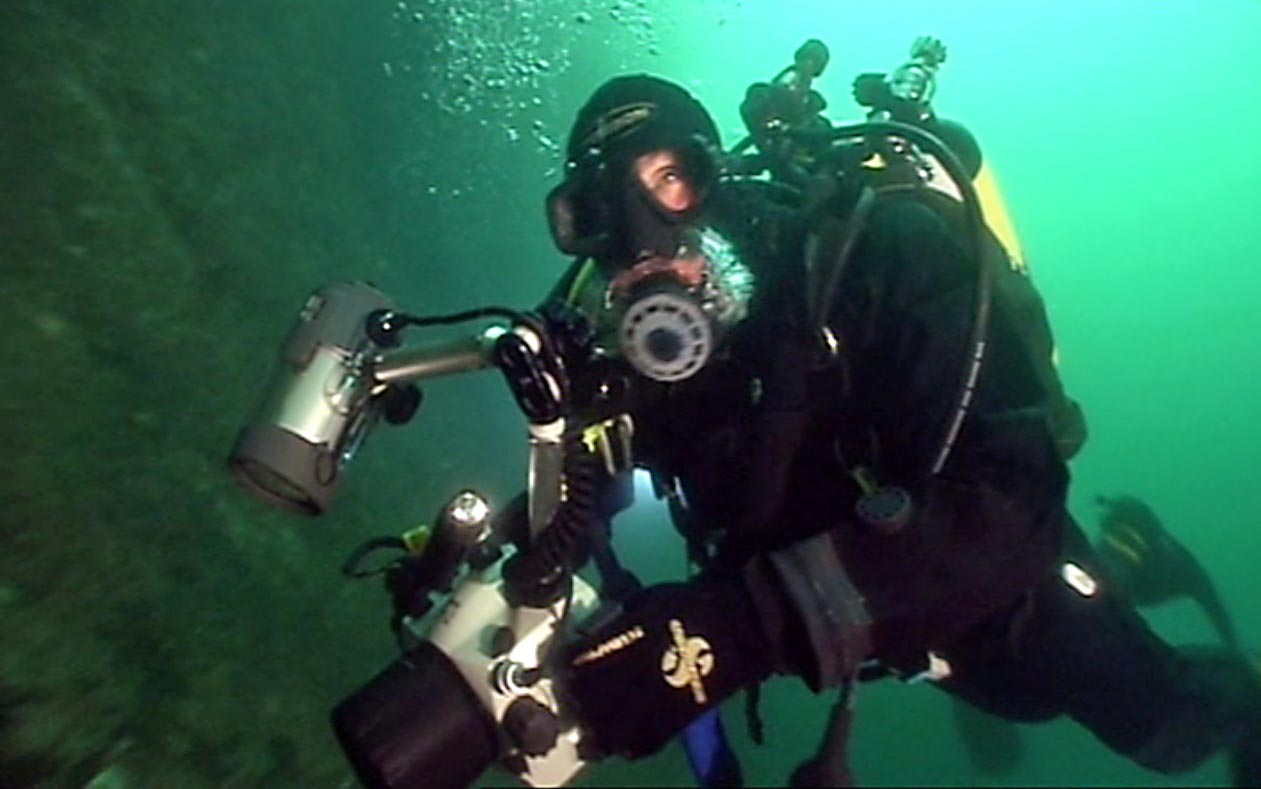
© 2021 Graham Saunders. All Rights Reserved